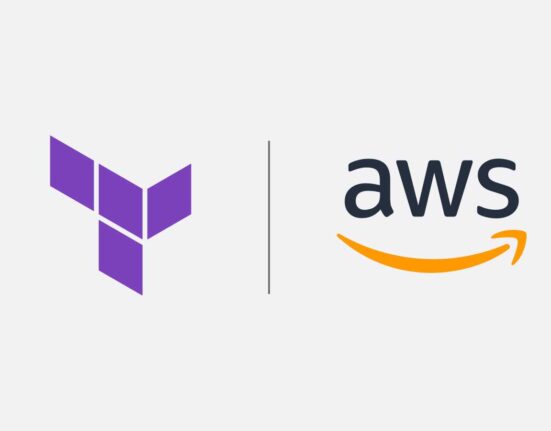Ensuring data privacy and compliance in cloud environments requires a strategic approach that integrates technical safeguards, organizational policies, and legal frameworks. This comprehensive guide outlines the key steps and best practices for achieving data privacy and maintaining regulatory compliance.
1. Understanding Data Privacy Regulations
Key Regulations to Consider
- GDPR (General Data Protection Regulation) – Focuses on protecting EU citizens’ data privacy.
- HIPAA (Health Insurance Portability and Accountability Act) – Ensures health data protection in the U.S.
- CCPA (California Consumer Privacy Act) – Governs consumer data protection in California.
- ISO/IEC 27001 – A global standard for information security management.
- PCI DSS (Payment Card Industry Data Security Standard) – For securing credit card transactions.
2. Data Classification and Inventory
Steps for Effective Data Classification:
- Identify sensitive data such as PII (Personally Identifiable Information), financial data, and intellectual property.
- Classify data by risk level (e.g., public, internal, confidential).
- Tag and label data for easier identification and access control.
3. Data Encryption and Protection
Encryption Best Practices
- Encrypt data at rest and in transit using AES-256 encryption.
- Employ TLS 1.2+ for secure communications.
- Use client-side encryption for enhanced control over data security.
Key Management
- Use secure key management services (e.g., AWS KMS, Azure Key Vault).
- Rotate encryption keys regularly.
- Implement access controls for key management.
4. Access Control and Identity Management
Principles for Effective Control
- Adopt the Principle of Least Privilege to limit user permissions.
- Implement Multi-Factor Authentication (MFA) for all cloud accounts.
- Utilize Role-Based Access Control (RBAC) to assign permissions effectively.
Identity Federation and SSO
- Implement Single Sign-On (SSO) for seamless and secure user access.
- Use identity providers like Azure AD, Okta, or Auth0 for centralized management.
5. Data Backup and Recovery
Backup Strategies
- Implement a 3-2-1 backup strategy (3 copies of data, 2 storage types, 1 offsite copy).
- Regularly test backup recovery processes.
- Ensure backups are encrypted and access is restricted.
6. Cloud Provider Compliance
Evaluating Cloud Providers
- Choose providers that align with industry certifications such as SOC 2, ISO 27001, or FedRAMP.
- Ensure data residency policies align with regulatory requirements.
- Verify shared responsibility models for security controls.
7. Logging, Monitoring, and Auditing
Key Recommendations
- Enable comprehensive logging with services like AWS CloudTrail, Azure Monitor, or Google Cloud Operations.
- Centralize log storage and implement alerting mechanisms for suspicious activities.
- Conduct regular security audits and vulnerability assessments.
8. Incident Response and Breach Management
Creating an Incident Response Plan
- Develop a clear escalation and response process for data breaches.
- Maintain a communication plan for notifying stakeholders and regulatory authorities.
- Conduct post-incident analysis to improve future responses.
9. Employee Training and Awareness
Building a Security Culture
- Conduct regular security awareness training.
- Emphasize phishing prevention and social engineering tactics.
- Establish clear policies for data handling and reporting suspicious activities.
10. Continuous Compliance Management
Best Practices
- Utilize compliance automation tools like AWS Config, Azure Policy, or Google Cloud Security Command Center.
- Conduct periodic risk assessments and compliance audits.
- Maintain detailed documentation of security controls and policies.
Conclusion
Data privacy and compliance in cloud environments require ongoing effort and adaptation to evolving regulations and threats. By implementing strong encryption, enforcing access controls, and ensuring proper monitoring, organizations can protect sensitive data and maintain compliance effectively.
More on Cloud Computing







